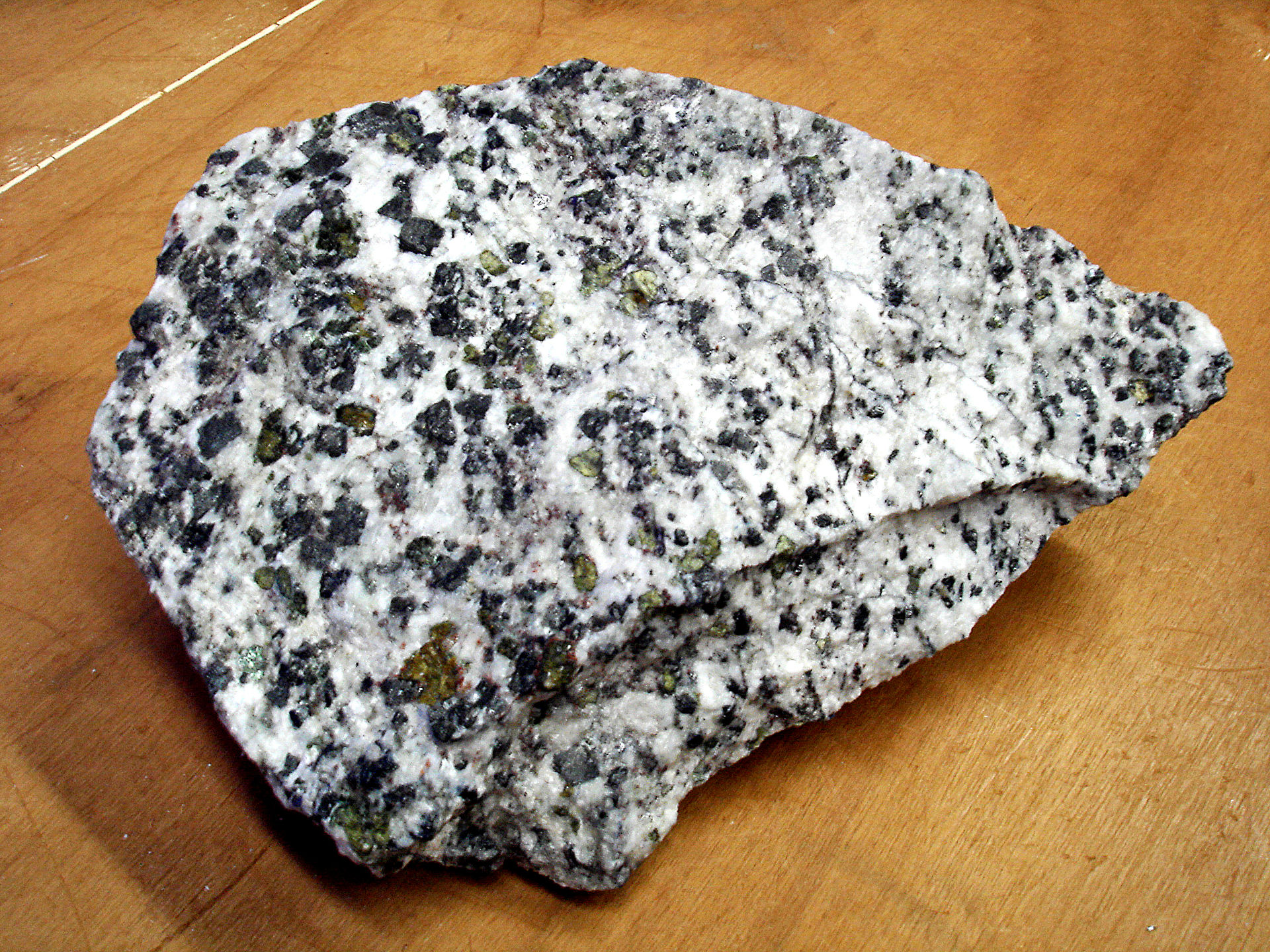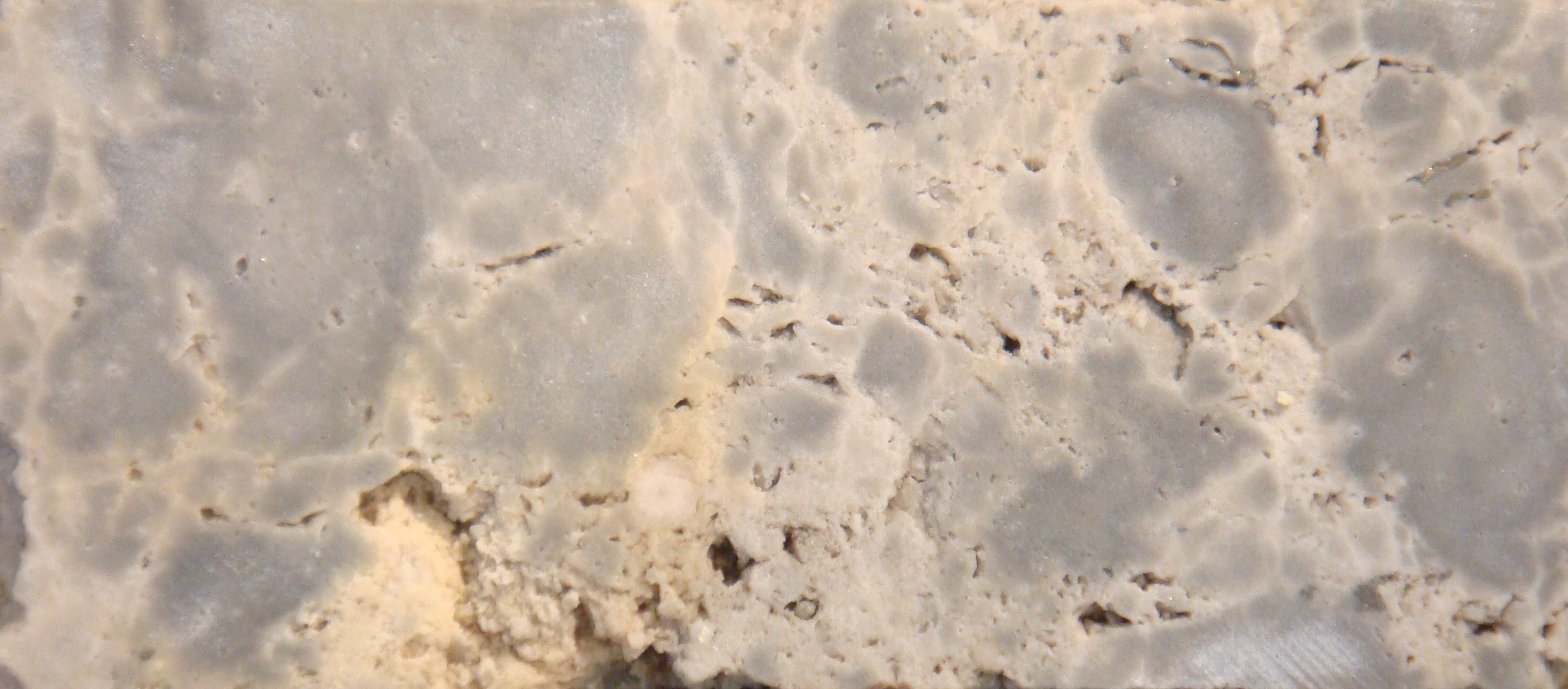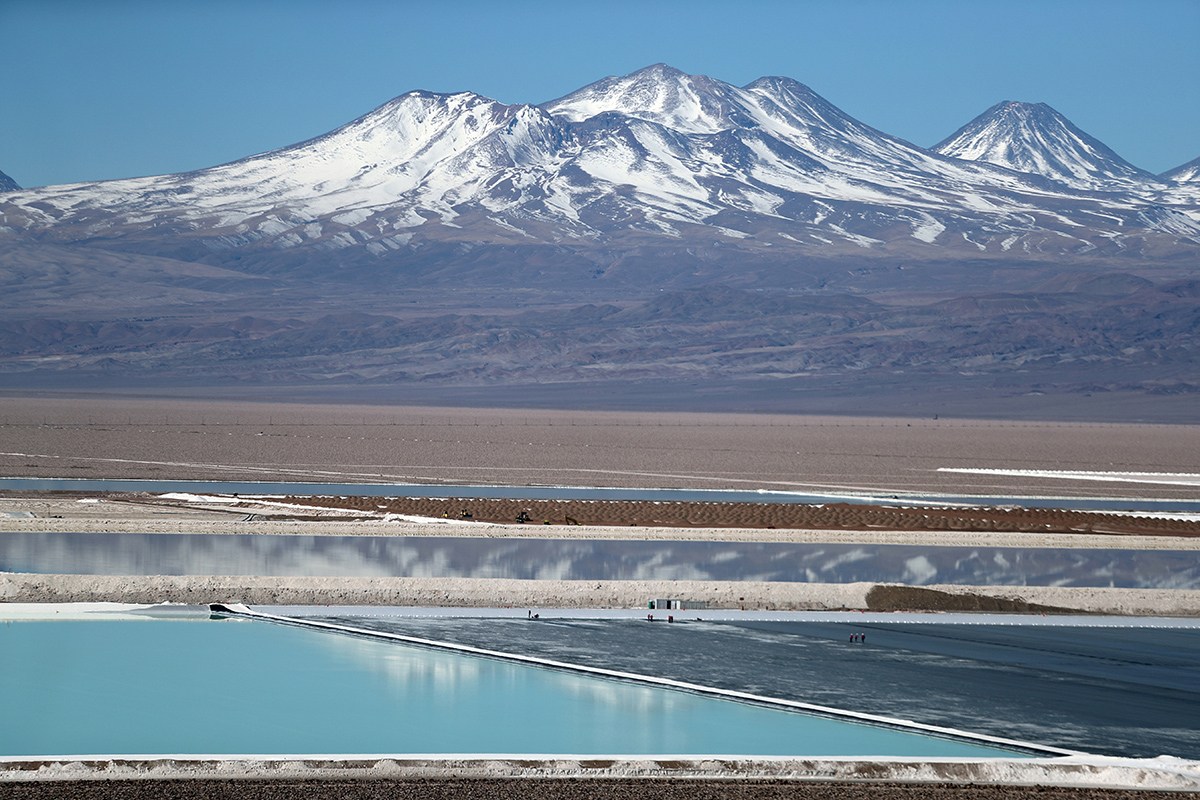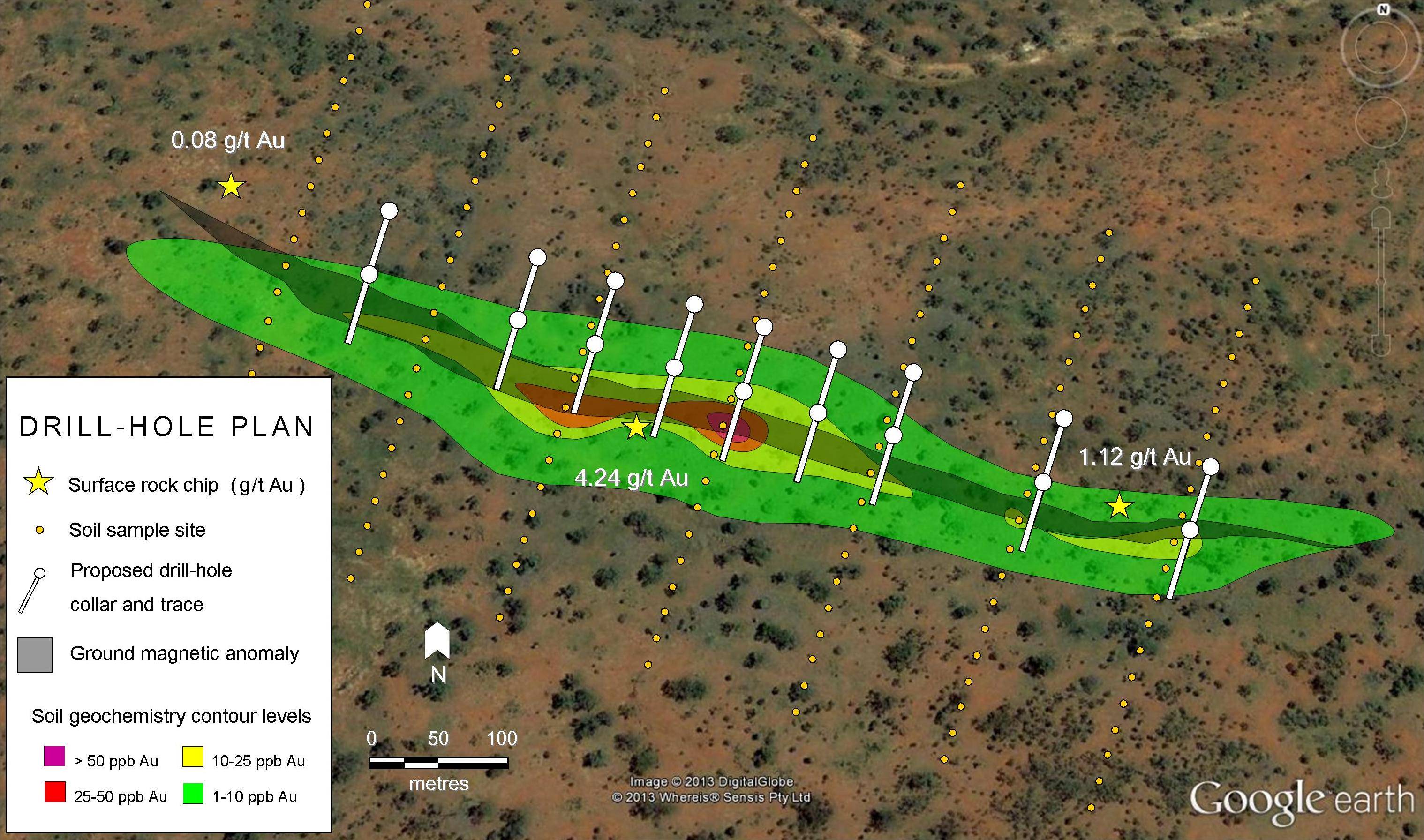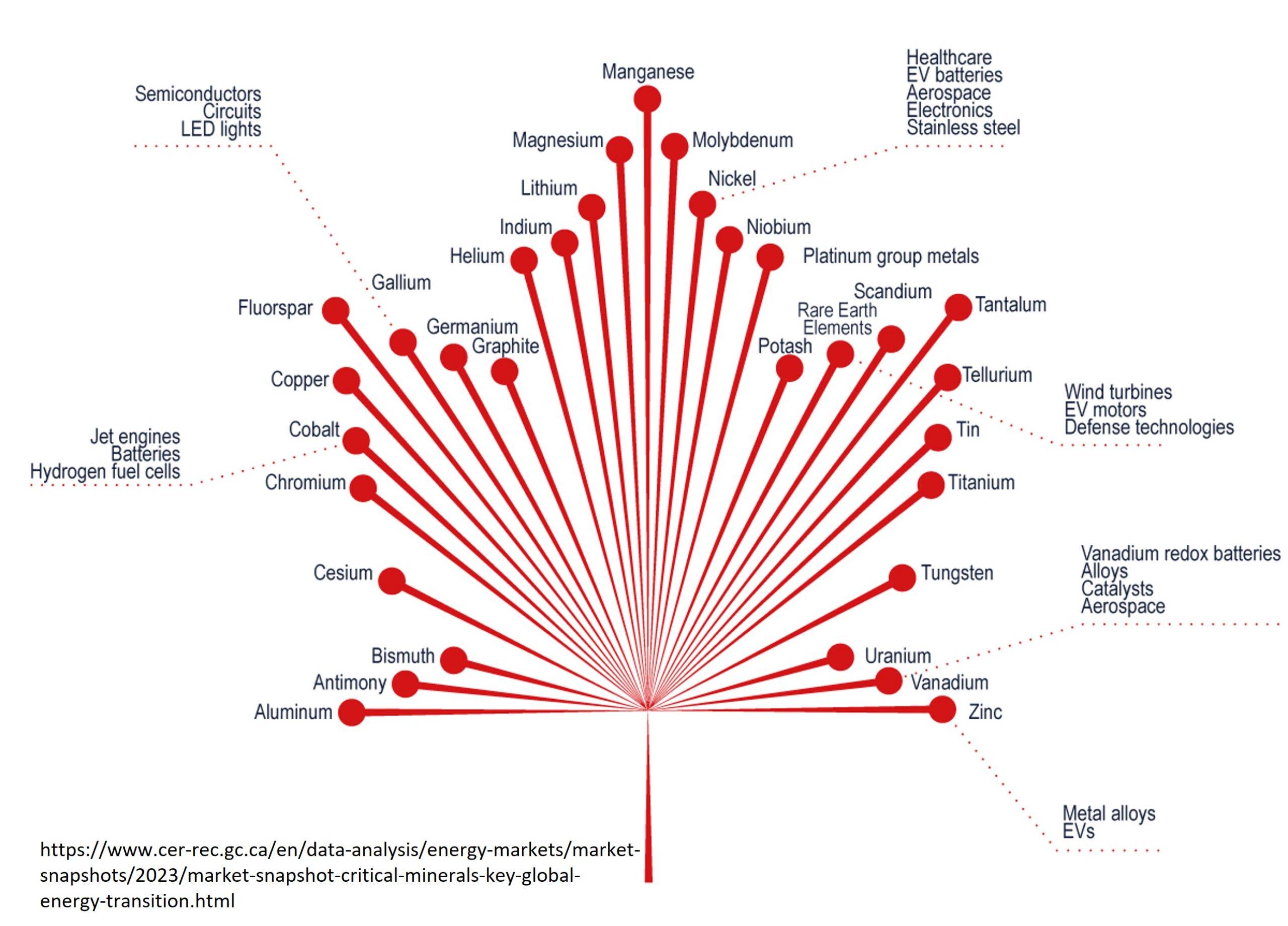Introduction

The Nolans Bore Nd-Pr project is one of the largest rare earth element (REE) projects in the world, with potential to supply 10% of global REE demand. The project owes its origins to uranium exploration in Australia over the past few decades. In 1995, radiometric surveys picked up Th-U anomalies approximately 135 km north of Alice Springs, Northern Territory, Australia. An investigation of the anomaly led to the discovery of outcropping fluorapatite veins with a total rare earth oxide (TREO) concentration of up to 10%. Due to the low uranium contents, however, the property was passed up on and forgotten until it was acquired by Arafura Resources Ltd (100% ownership) in 2001.
Arafura (ASX: ARU) continued exploration for P, REE, U, and Th resources, resulting in the discovery of the Nolans Bore deposit. Nolans Bore can be considered a P-REE-U-Th deposit; however, Arafura considers it a Nd-Pr deposit because the NdPr oxide represents over 85% of the project’s revenue.
Nd-Pr and the REEs
The rare earth elements are a series of 14 elements from lanthanum to lutetium, which sometimes includes yttrium and scandium due to their similar chemical behaviour. Due to their unique properties, the REEs are irreplaceable in technological components, alloys, ceramics, and permanent magnets. These elements are deemed critical, which means they suffer from a low supply at a significant risk of disruption. Currently, the REEs are considered the most critical of all elements.
Neodymium (Nd)
Neodymium, element 60 on the periodic table, is a silvery white metal that naturally occurs in the minerals monazite and bastnäsite. Neodymium exhibits some unusual properties, giving it important applications. For example, Nd has a very high heat capacity at -269 °C, making it a useful cryo-cooler. Another important property is that Nd can become significantly more magnetically saturated than iron. Neodymium magnets are the strongest permanent magnets known today, used in musical equipment, electric vehicles, and renewable energy, to name a few applications.
Praseodymium (Pr)
Praseodymium, element 59 on the periodic table, is a grayish white metal that occurs naturally in minerals with other light REEs, such as Nd. Due to the strong magnetic properties and durability of Pr, it is often alloyed with Nd to produce permanent magnets. Compared to other elements, Pr remains energetically excited for a longer duration and produces greater luminescence, making it useful for optical amplifiers. It is also used to produce high-strength alloys used in aircraft engines and the glass used to make welder’s goggles. Scientists can even use Pr-Ni alloys to cool objects to one-thousandth of a degree of absolute zero.

Geology
The Nolans Bore REE-P-U-Th deposit occurs within the Reynolds Range area in the Paleoproterozoic Aileron Province. The area is dominated by 1.86-1.72 Ga (billion years ago) metasedimentary rocks intruded by granitic, mafic and ultramafic rocks, and overlain by the Central Australian Superbasin. The geology of the area is dominated by high-grade metamorphic rocks, which were likely formed about 1800 Ma (million years ago) and metamorphosed by a mountain-building event around 1595-1550 Ma, known as the Chewings Orogeny.
It is thought that the mineralization first intruded the host Boothby Orthogneiss around 1550 Ma and continued with significant recrystallization to 1240 Ma. The P-REE-Th-U-rich magmatic-hydrothermal fluids cooled and formed apatite (phosphate-rich minerals) veins. A later mountain-building event, known as the Alice Springs Orogeny at 375-340 Ma, produced numerous shear (deformation) zones which deformed both the mineralization and host rocks at Nolans Bore.

Mineralization
The deposit is split into northern, central and southeastern zones based on the distribution of the ore veins. Mineralization is similar in all zones and generally occurs as extensively brecciated fluorapatite veins. In this case, the host rock was shattered and the veins contain angular clasts (pieces) of host rock. The veins contain allanite ((Ca(La,Ce,Nd))(Al2,Fe)(Si2O7)O(OH)), monazite ((REE, Th)PO4), stetindite (CeSiO2), U-silicate minerals and inclusions of Th- and REE-silicates and (fluoro)carbonates.
Arafura has recognized three styles of REE mineralization which represent major evolutionary stages in the formation of the deposit. These include:
- Stage 1: Primary mineralization as steeply dipping REE-rich apatite veins containing 5-10% TREO, expressed as the minerals monazite, allanite and thorite. These veins can be hundreds of metres long and tens of metres wide.
- Stage 2: Mineralization of extensive allanite-apatite-epidote-bearing breccias with a low-grade REE halo surrounding the brecciated zones that overprints the stage 1 mineralization. The TREO content tends to be somewhat lower than stage 1 mineralization.
- Stage 3: Oxidized apatite mineralization containing fine-grained monazite and crandallite group minerals, hematite, goethite limonite and chalcedony with an extensive alteration halo of kaolin and clay. Mineralization of this stage can reach up to 50% TREO.

Project
Since the property was obtained by Arafura in May 2001, exploration efforts have been intensive and resulted in defining JORC-compliant resources of:
- 56 Mt of 2.6% TREO, 11% P2O5 and 190 ppm U3O8, two thirds of which are measured or indicated resources.
- 5 Mt of proven and probable reserves at 2.9% REO and 13% Pr.
About 26.4% of the REEs are NdPr. This makes the REE project one of the largest in the world and it is estimated it will supply 10% of the world’s REE demand. Moreover, the project is situated favourably, being close to the transnational Stuart Highway, Amadeus Gas Pipeline and water infrastructure.

From 2005 to 2015, Arafura conducted numerous metallurgical tests and in 2016, adopted its phosphoric acid pre-leach method and submitted its draft Environmental Impact Statement (EIS). In 2017, the company updated the EIS for the PAPL flowsheet. They secured approval from the Northern Territory in late 2017 and from the Australian government in mid-May 2018.
The definitive feasibility study (DFS) was completed in first quarter of 2019. Arafura Resources identified the following products: cerium hydroxide, NdPr oxide, Samarium-Europium-Gadolinium carbonate and Merchant Grade Acid (MGA) phosphoric acid. The MGA phosphoric acid is produced as a by-product from processing phosphate-rich minerals, which the company will sell to offset the cost of mining rare earths. Although the recovery is dependent upon the grade of the ore, the DFS indicates generally greater than 90% TREO recovery and 87-99% P2O5 recovery. After a 30-month mine construction, the project will ramp up production to a projected average of 4,360 tonnes of NdPr oxide and 135,800 tonnes of phosphoric acid per year. The expected life of mine is 23 years.
Outlook
According to Arafura, Nolans Bore will produce 10% of the world’s demand for NdPr. Currently, Arafura is focused on securing funding to construct and operate the Nolans Bore project with the hopes of taking advantage of an anticipated shortfall in NdPr supply that occurred in mid-2020. The company’s most immediate goal, however, is to finalize sales agreements to make a final investment decision on the project.
The Nolans Bore project is not without risk. Besides common mining-related risks, radiation exposure and the production of radioactive waste materials pose threats to health and the environment. However, the company has developed strategies to mitigate these risks, such as thorough monitoring and consultation with experts on radiation safety. Although the company is still a way out from production, it represents an interesting and significant source of REEs.
Companies Mentioned
- Arafura Resources Ltd. (website)
References
- Huston, D.L., Maas, R., Cross, A., Hussey, K.J., Mernagh, T.P., Fraser, G. and Champion, D.C. (2016) The Nolans Bore rare-earth element-phosphorus-uranium mineral system: geology, origin and post-depositional modifications. Mineralium Deposita 51:797-822. (Website)
- Huston, D., Maas, R., Cross, A., Hussey, K., Mernaghe, T., Fraser, G. and Champion, D. (2011) The Nolans REE-U-P deposit, Nothern Territory, Australia: a mineral systems perspective. Annual Geoscience Exploration Seminar, Alice Springs 28-29 March 2017. (Website)
- Schoneveld, L., Spandler, C. and Hussey, K. (2015) Genesis of the central zone of the Nolans Bore rare earth element deposit, Northern Territory, Australia. Contributions to Mineralogy and Petrology 170:11. (Website)
- Arafura (2019) Nolans Project definitive feasibility study (PDF).
Subscribe for Email Updates

